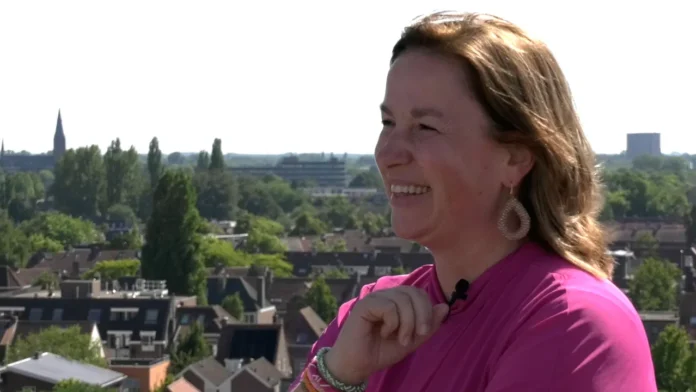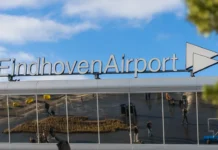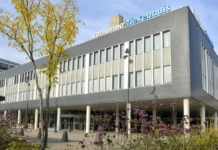What should happen with healthcare in the region, when the expansion of ASML will add some twenty thousand families? For Anne-Marijn de Wit, the new director of GGD Brabant Zuidoost, this is one of the big challenges she faces.
Making the GGD future-proof is quite a task. De Wit: “One of the first things I proposed is to develop a clear vision on ‘What does this mean for the inhabitants of Eindhoven and its surroundings when we might soon have a million inhabitants?‘ Incidentally, not only is the number of residents increasing, but the service must also become more responsive to the different backgrounds of these people.
De Wit is well aware of that. “Besides being director of the GGD – since April – I am also the director of regional ambulance transport. There are plenty of challenges here, too. If we want ambulance care in order in the future too, we have to get certain things right. There are already a lot of nationalities in the Eindhoven region and those people often look at ambulance care differently.”
For example, many expats are quicker to call 112 for non-emergencies because they are unfamiliar with the Dutch system. De Wit: “It does matter that we now sometimes see pressure on our ambulance care or acute care. We can change this with good education and good explanation.”
Resilience
Besides, there are existing problems that need to be addressed. Consider mental resilience, drug use, and alcohol use among young people. “Those are considerable concerns,” De Wit emphasises. “So we don’t have to be bored here. Absolutely not.”
Finally, De Wit is very clear about the role of the GGD: “You can see the expansion of this region as a threat, but we also see it as an opportunity. To be able to make a positive contribution from a public health perspective.”
Source: Studio040
For Eindhoven News: Chaitali Sengupta.
















